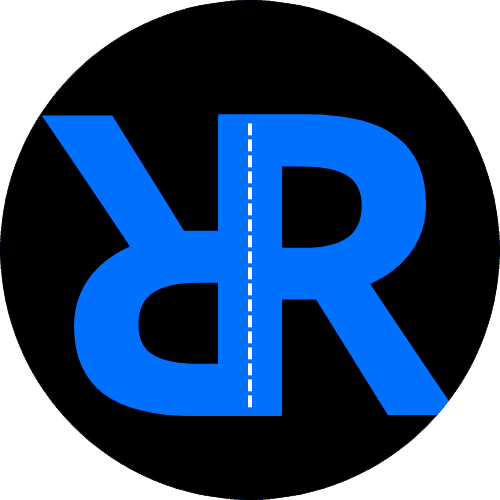SAP Transaction MD12: A Comprehensive Guide for SAP Users
Welcome to our tutorial on SAP transaction MD12, a powerful transaction code used in SAP Materials Management (MM) module. In this tutorial, we will provide you with a step-by-step guide on how to effectively utilize MD12 for material requirements planning in your SAP system. Whether you are a beginner or an experienced SAP user, this tutorial will equip you with the necessary knowledge to use MD12 with ease.
Before we dive into the details, we would like to introduce you to an excellent resource that can enhance your SAP MM skills and help you become an expert in the field. Check out our SAP MM online video training offered by our expert SAP MM consultant at roadtoexpert.com. This comprehensive training program provides in-depth knowledge and practical insights to boost your proficiency in SAP MM, allowing you to excel in your daily tasks and advance your career.
Now, let’s begin our tutorial on using SAP transaction MD12.
What is SAP Transaction MD12?
SAP Transaction MD12 (Change Planned Order) is a key transaction code used in SAP MM for material requirements planning. It allows users to create, change, and display planned orders, which are used to manage the procurement and production of materials. With MD12, you can efficiently plan and schedule your material requirements, ensuring optimal inventory levels and minimizing shortages.
Step 1: Accessing SAP Transaction MD12
To start using MD12, follow these steps:
- Log in to your SAP system using your user ID and password.
- Launch the SAP Easy Access Menu.
- Navigate to the “Logistics” folder and expand it.
- Locate and click on the “Materials Management” folder.
- From the sub-menu, select “Material Requirements Planning”.
- Next, choose “Change Planned Order” to proceed to the MD12 transaction.
Step 2: Understanding MD12 Transaction Screen
Once you have accessed MD12, you will encounter the MD12 transaction screen, which consists of various fields and tabs. Let’s explore each of them:
- Header Data: This section contains the main fields for entering general information about the planned order, such as material, plant, and order type.
- Order Details: Here, you can view and manage the details of the planned order, including its quantity, dates, and priority.
- Components: This tab displays the components or materials required for the planned order. You can add, delete, or modify the components as needed.
- Requirements: The requirements tab shows the material requirements for the planned order, including the source of supply and the quantity needed.
- Operations: In this tab, you can define and manage the operations or production steps required to fulfill the planned order.
- Status: The status tab shows the current status of the planned order, indicating whether it is released, in process, or completed.
Step 3: Creating or Changing Planned Orders with MD12
MD12 allows you to create new planned orders or modify existing ones. Here’s how you can perform these tasks:
- To create a new planned order, start by filling in the necessary fields in the “Header Data” section:
- Material: Enter the material code or use the search function to find it.
- Plant: Select the plant where the planned order will be created.
- Order Type: Choose the appropriate order type, such as production order or purchase requisition.
- Quantity: Specify the quantity of the material required.
- Delivery Date: Enter the desired delivery date for the planned order.
- If you want to change an existing planned order, locate the order in the “Order Details” tab and select it.
- Make the necessary changes to the planned order, such as updating the quantity, dates, or components.
- Once you have entered all the necessary information, click on the “Save” button to save the planned order.
Congratulations! You have successfully created or changed a planned order using SAP transaction MD12.
Step 4: Exploring Additional Functionality
SAP transaction MD12 offers various additional functionalities to enhance your material requirements planning processes. Here are some notable features you can leverage:
- Display Planned Orders: Use MD12 to display existing planned orders by entering the order number and other relevant criteria. This allows you to review and analyze the details of past and current planned orders.
- Convert Planned Orders: MD12 enables you to convert planned orders into production orders or purchase requisitions with a few simple steps. This streamlines the procurement and production processes, saving time and effort.
- Capacity Planning: MD12 integrates with the capacity planning functionality in SAP, allowing you to check the availability of resources and optimize your production schedules based on capacity constraints.
- Order Confirmation: With MD12, you can confirm the completion of planned orders and update the system accordingly. This ensures accurate tracking of material availability and progress in the production or procurement process.
Conclusion
In this tutorial, we have provided you with a comprehensive guide on using SAP transaction MD12 in the SAP MM module. We covered the basics of MD12, explained how to create or change planned orders, and explored additional functionalities. Remember, continuous learning and practice are key to becoming proficient in SAP MM.
To further enhance your skills in SAP MM, we highly recommend our SAP MM online video training, designed by our expert SAP MM consultant. This training program offers comprehensive modules and hands-on exercises to help you become an SAP MM expert. Visit roadtoexpert.com to learn more and take your SAP MM skills to new heights.
